Just getting started with sourdough and wondering why you have to throw away some of your starter? Good news, you don’t have to! This beginner’s guide will explain what sourdough discard really is, why it’s part of the sourdough process, and how you can turn it into delicious recipes instead of throwing it out. Learn practical tips to reduce waste and bake delicious treats using every bit of your starter.
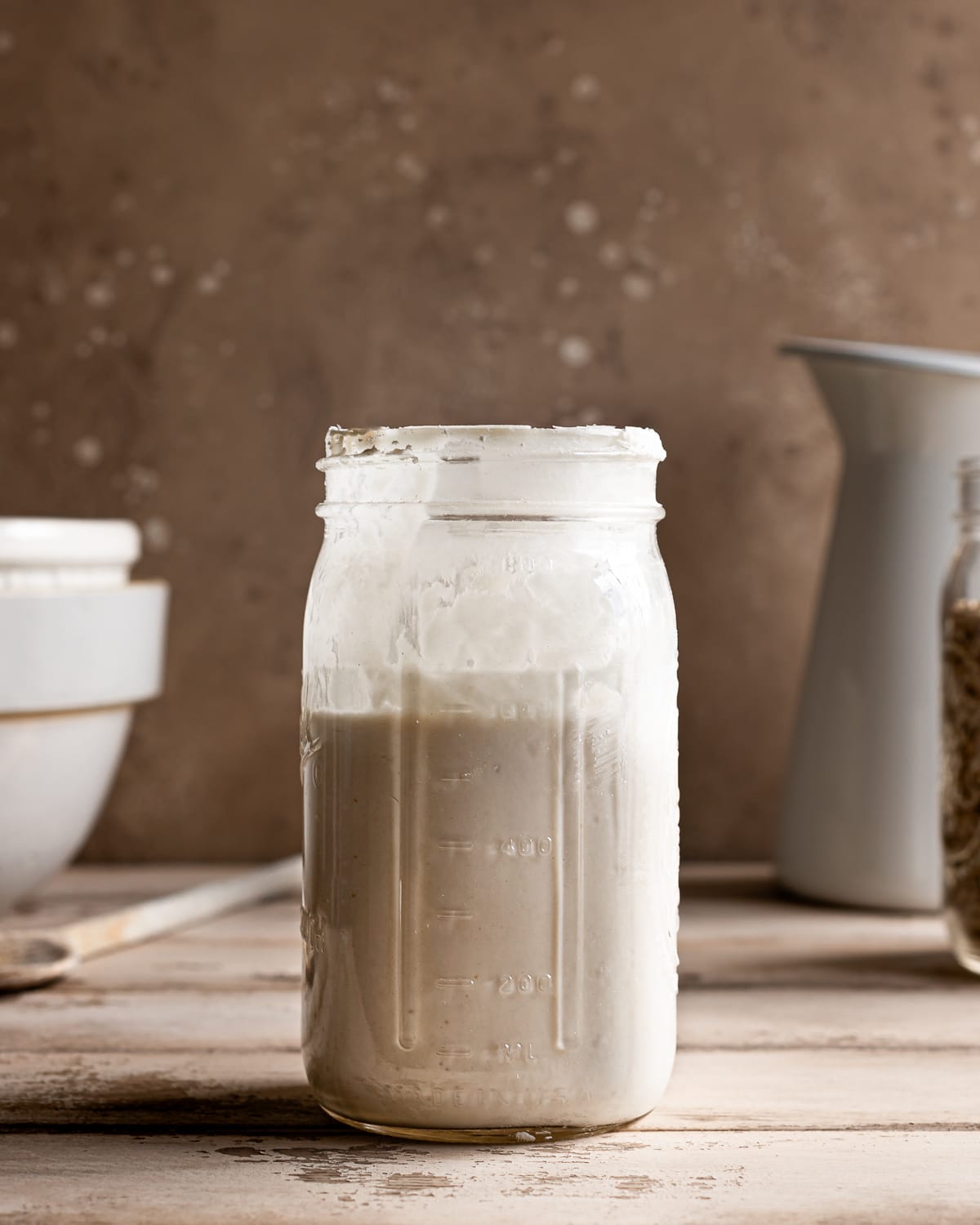
Jump to:
I still remember the excitement of creating my first sourdough starter and the confusion when I was told to throw most of it away at the first feeding. Not wanting to waste any starter, I immediately started exploring ways to use sourdough discard. What I found was a world of possibilities that still inspires my baking today and it’s what motivated me to start this blog.
If you’re like me, you want to make the most of every bit of your starter. This guide will help you do just that.
What is sourdough discard?
Sourdough discard is the portion of your starter that you remove during regular feedings or don’t use to bake bread.
Why do I need to discard?
If you’re new to sourdough, this step might seem wasteful, but discarding is actually an essential part of maintaining a healthy, active starter.
To keep your sourdough starter healthy, you need to feed it regularly with fresh flour and water. But before you do, you have to remove some of it, this part is called the “discard.” Discarding helps ensure you don't end up with more starter than you can manage. Without this step, you'd have to an unsustainable amount of flour to maintain it.
The good news is, you don’t have to throw it away. As long as it hasn't become moldy, sourdough discard is perfectly safe to use and it’s actually a fantastic ingredient. You can make everything from Sourdough Pancakes to Sourdough Pasta, adding a subtle tang, deeper flavor, and sometimes even nutritional benefits, all while cutting down on food waste.
Why use sourdough discard?
Better Flavor: Sourdough discard adds a mild tang that makes baked goods taste more interesting. It won’t make them too sour — just adds a little something extra.
Moist and Fresher Baked Goods: Since sourdough discard has a lot of water in it, it helps your baked goods stay soft and fresh instead of drying out too quickly.
Better Texture: The slight acidity in sourdough discard softens gluten and reacts with baking soda or baking powder, helping your baked goods turn out softer and fluffier.
Easier to Digest: In some recipes, sourdough discard adds the magic of fermentation that begins to break down the flour. This can make baked goods easier to digest and may help your body absorb more nutrients from the wheat.
How to store sourdough discard
You can store your discard in a glass jar or plastic container. Each time you feed your sourdough starter, just add any excess into this container. You can use it right away in recipes or continue building it up and store it in the fridge indefinitely. Your discard will continue to develop more flavor and acidity overtime.
TIP: If you notice any pink or orange streaks, or if it smells really off and particularly unappetizing, then it's time to throw it out.
Do I need to feed my sourdough discard?
No, you don’t need to feed your sourdough discard. It can be stored in the fridge and used in recipes without any upkeep. Since your sourdough discard won't be used to leaven bread or make dough rise, there’s no need to keep it active or healthy.
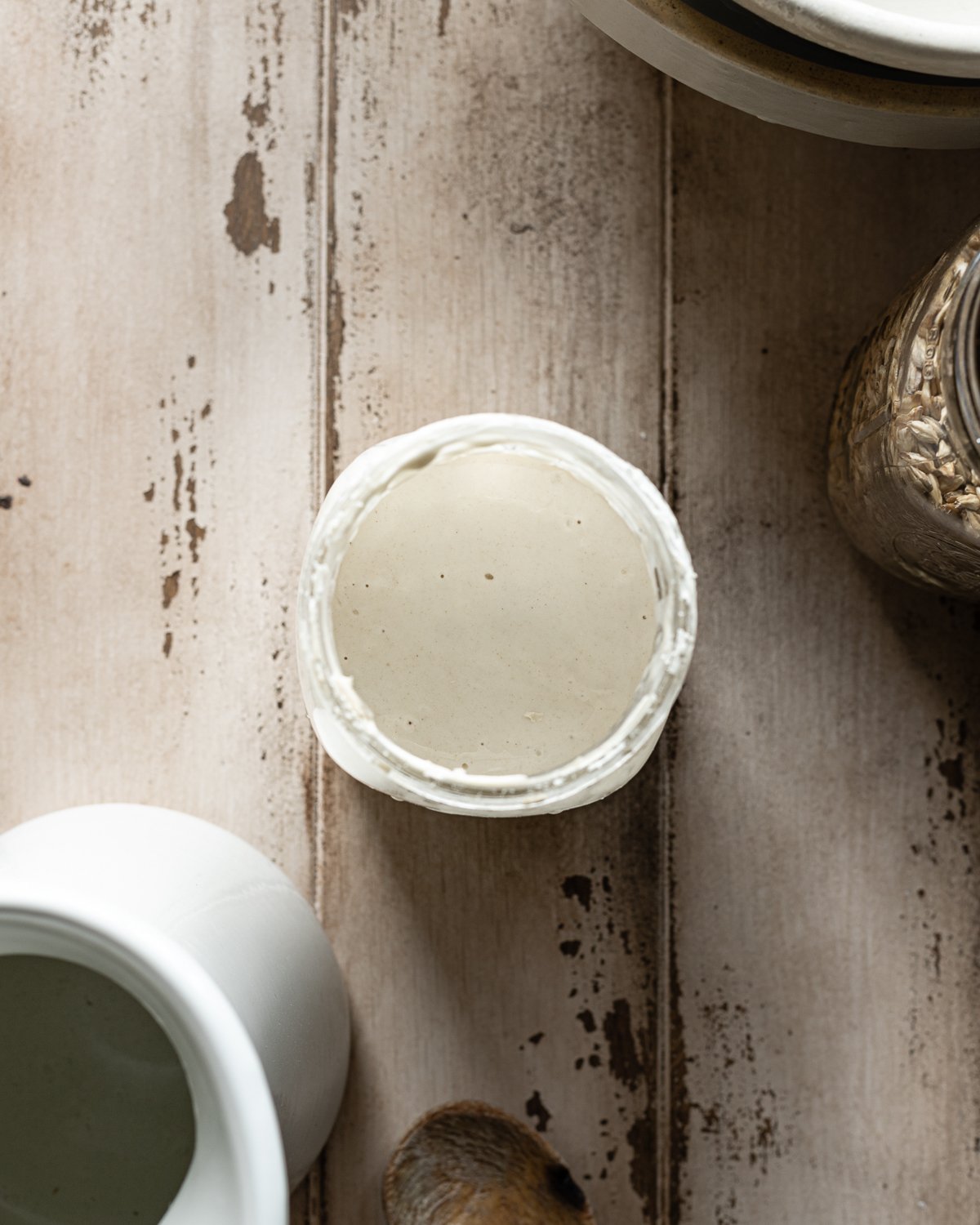
How do you use starter discard in recipes?
Sourdough discard is just flour and water that’s been fermented—meaning it can be used in all kinds of doughs and batters to add flavor, moisture, and complexity.
My recipes use a 100% hydration starter (equal parts flour and water). To use discard in your own recipe, replace equal amounts of flour and liquid. For example, if you add 113g (½ cup) of discard, remove 56g of flour and 56g of water.
Just keep in mind: discard adds extra water and acidity, which can change texture especially in delicate bakes like cookies or cakes. When in doubt, start with carefully developed and tested recipes like the sourdough discard recipes on my blog.
That’s why baking with sourdough discard comes down to careful testing. If you’re just getting started, I recommend using trusted discard recipes that are already designed to work—like the ones I’ve developed and tested here.
Sourdough Discard FAQs
Yes, sourdough discard does affect flavor. Fresh discard tends to taste mild and slightly sweet, while older discard becomes more tangy and acidic over time. Both can be used in recipes, but they’ll change the taste of the final bake.
Sourdough discard is naturally resistant to mold and bacteria that cause spoiling. However, if you see any fuzzy growth or blue, green, orange or pink on the surface of your discard throw all of it away immediately.
Absolutely! The dark liquid that you see on your sourdough discard is hooch, a byproduct of the fermentation process. Hooch is safe to consume, you can either stir it in to your sourdough discard or simply pour it out.
Yes, you can! Sourdough discard still contains live yeast and bacteria. To turn it back into an active starter, just feed it with equal parts flour and water. It might take a few feedings to become strong enough to bake bread.
What can I make with my sourdough discard?
There are so many amazing savory and sweet recipes you can make using leftover sourdough starter. If you have lots of sourdough discard in your refrigerator, use it to add a delicious depth of flavor to these classic recipes.
- Sourdough Crepes
- Sourdough Chocolate Cake
- Sourdough Brownies
- Brown Butter Sourdough Chocolate Chip Cookies
- Flaky Sourdough Biscuits
- Sourdough Discard Tortillas
- Sourdough Pie Crust
You can even add your sourdough discard to bread. While you'll need to add active-dry yeast or instant yeast, it adds sourdough flavor perfect for getting fresh-baked bread on the table, even when you’re short on time.

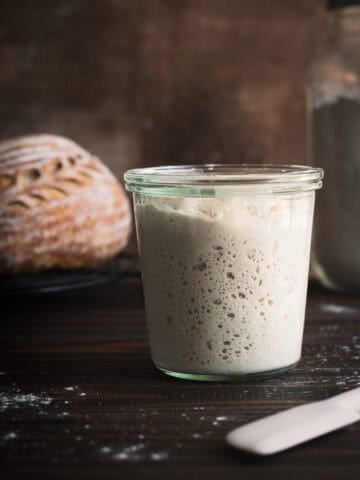

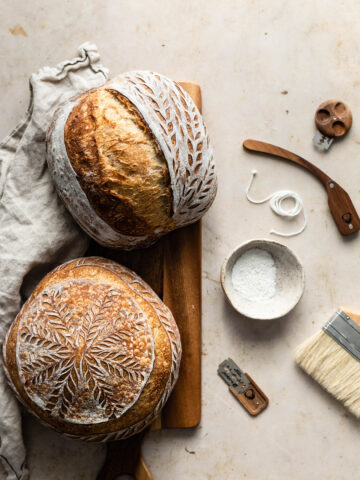
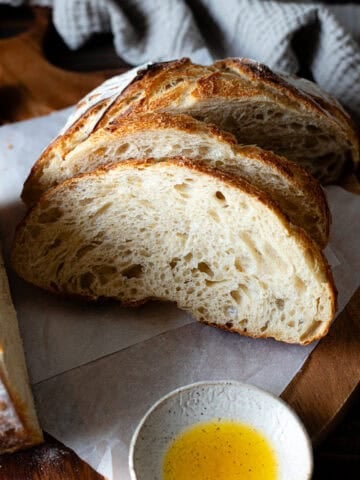
Lauren says
I maintain a dry starter that is 1:3:6 ratio. I don't usually have much discard, but can you easily share with me how to use a dry discard in recipes? I know that dissolving it in the liquid portion of the recipe makes sense, but is there a way to store it that would make it easier? Or an easy way to keep from getting a big clump of starter in the discard recipe?
Hannah Dela Cruz says
You would need to add water to your discard to make it 100% hydration or a 1:1:1 feeding ratio. I recommend dissolving your discard a bit before adding it to the recipe.
Salma says
Thank you so much for this post! i was wondering what to do with the discard..pinned the recipes here
Hannah Dela Cruz says
You're so welcome!